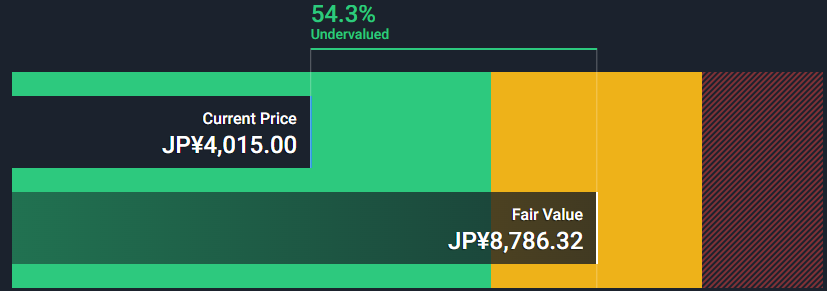[Guide] How I determine the best price to buy a stock
My stock-analyses all have an ideal price to buy the stock, and in this article I go through how I come up with that price
A lot of you have been asking how I come up with my “Ideal price to buy the stock” in my stock-analyses.
This is a very fair question, as it’s perhaps the most important thing to consider before buying a stock, and therefore I have created this article.
Fair/Intrinsic Value = A Stock’s True Price
As most of you know, I am at heart a value investor, and the most fundamental aspect of being a value investor is the belief that all stocks have an intrinsic value, or fair value, and sooner-or-later the stock-market will price a stock at that value.
Hence, the most important aspects of being a successful value investor is to figure out companies’ intrinsic stock-price and invest in the companies with a substantial discount to their fair value.
This “discount” is often referred to as a Margin of Safety (MOS) and is calculated by dividing the difference between a stock’s fair value and present value:
Stock A currently trades at ¥4,015 and its fair value is estimated to be ¥8,786.32
Hence, its Margin of Safety is: (8,786.32-4015=) 4,771.32/8,786.32 = 0.543 or 54.3%
Of course, nobody knows what the future holds, but the rule of thumb is; the more secure the company and its industry looks, the more likely it is that it will be priced at its fair value in the near future. Hence, your Margin of Safety (MOS) should reflect this by demanding the MOS to be high for risky companies and accepting a lower MOS for stable companies.
As a general rule of thumb, most value investors require at least a 20% MOS.
How to Calculate a Stock’s Fair/Intrinsic Value
Keep reading with a 7-day free trial
Subscribe to KonichiValue Japan to keep reading this post and get 7 days of free access to the full post archives.



